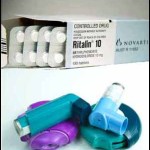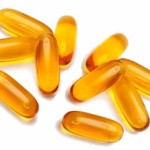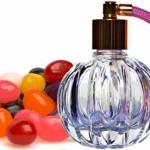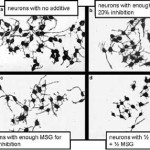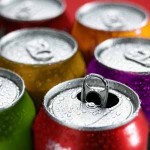This gallery contains 2 photos.
Toxicology Mechanisms & Methods. 20(6):287- 297. Dalal, Poddar. This study investigated a long-term trial of Erythrosine (Red 3) in rats. 10 – 100 mg/kg/day of Red 3 increased plasma corticosterone levels after several days of administration, similar to pargyline, an … Continue reading













